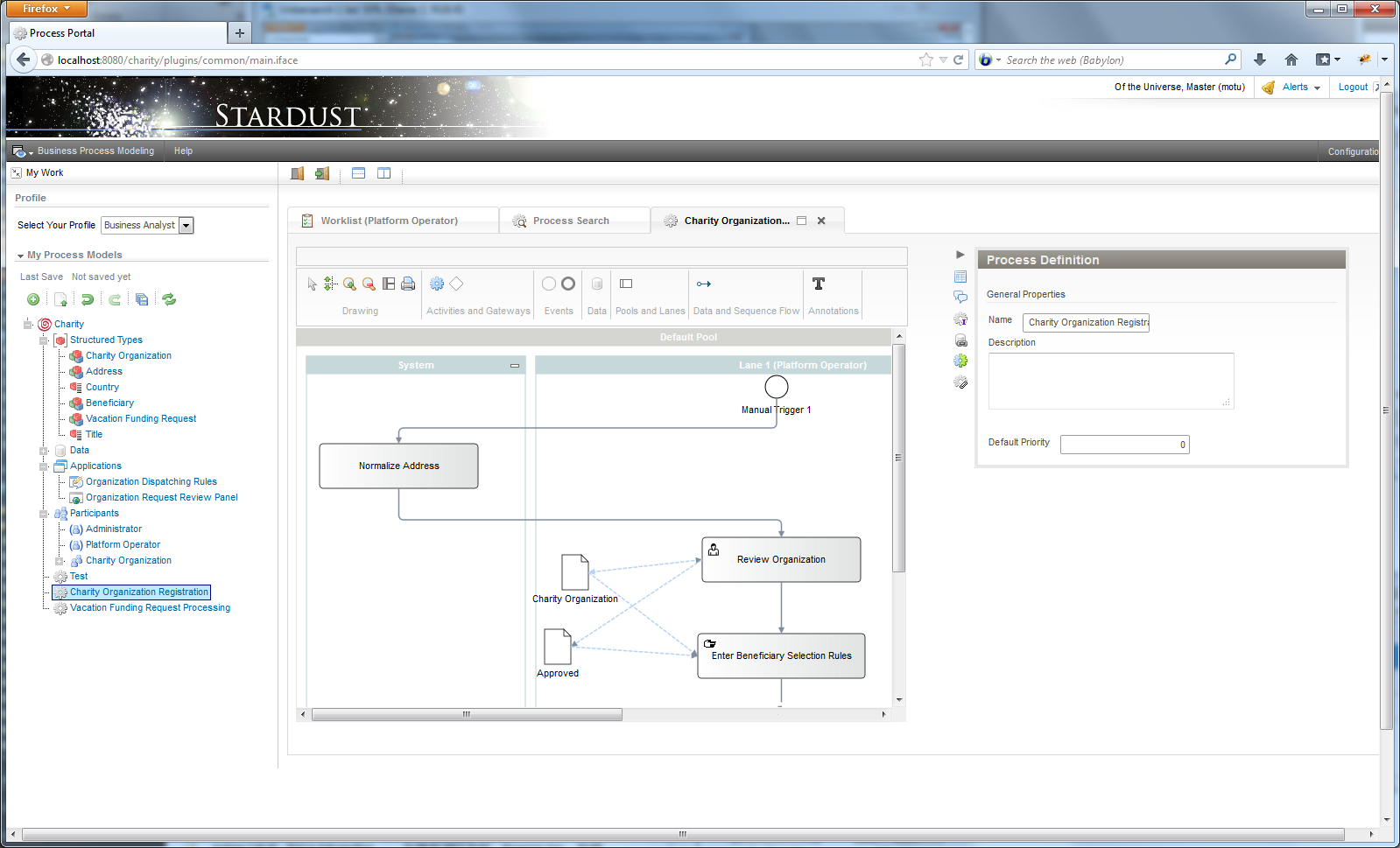For nine years in a row, the Eclipse Foundation has met its release train ship date on the nose. This year, the 10th release train is preparing for arrival June 26. It is scheduled to bring with it a new business process management suite, along with a new version of the Orion browser-based tool-integration platform.
Mike Milinkovich, director of the Eclipse Foundation, said that there are 71 projects with updated versions in the 4.3 release train, dubbed Kepler. That amount is the same as last year’s because of the arrival of a few new projects, while a few related to the Virgo Eclipse Runtime project declined to be a part of the synchronized release.
“They don’t have a strong affiliation with the tools that we ship that make up the bulk of the release train, so there wasn’t a compelling reason for them to force themselves to arbitrarily line up with the release date,” said Milinkovich.
This release includes numerous updated packages. Business Intelligence Reporting Tools, for example, has received support for pulling in data from Cassandra and MongoDB.
The new Project Stardust, contributed by SunGard (an IT business service company), was described by Milinkovich as a new yet mature business process management suite.

Project Stardust
The Orion project received numerous updates, including support for running back-end servers for this browser-based IDE in Java runtimes. Previously, Orion ran on a more complicated, prebuilt stack from Eclipse that ran on the Jetty HTTPd server. In version 2.0, Orion added support for hosting the IDE in a Node.js instance. In 3.0, Orion can be deployed into an existing app server as a simple WAR file.
The Hudson continuous integration server was also updated for this release. For Hudson 3.1, said Milinkovich, “The focus was all around scalability. There are a lot of performance and memory consumption improvements. You can now install plug-ins without restarting Hudson, or forcing a restart of the application server Hudson’s on top of.”
Perhaps the most significant change in Eclipse 4.3 is one that will likely go unnoticed by most developers: The underlying build process for the Eclipse Foundation was rebuilt, and Kepler is the first release to take advantage of this redesign.
Said Milinkovich: “The project has switched over to our common build infrastructure, built on top of Maven and Tycho. For the first time, it’s possible for developers to build Eclipse on their laptop. In prior releases, the build we had for Eclipse took a lot longer to do. It was based on PDE/Build, and that uses a lot of technologies that Java developers weren’t familiar with. Moving us onto the common build infrastructure, and the technologies more Java developers are familiar with, I think over time will have some nice positive side effects of developers being more able to contribute to the platform. By dramatically reducing the complexity of that build, we’re hoping this will get more community involvement in making contributions to the platform.”






